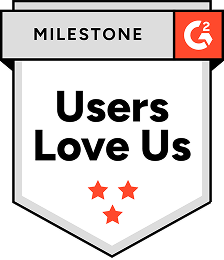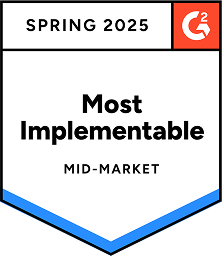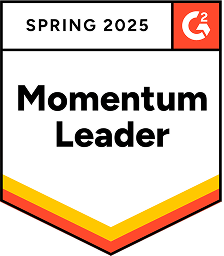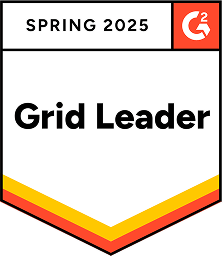Welcome to the
Regie.ai Resource hub
Looking to level up? You've come to the right place. Here, you'll find best practices and insights for leveraging AI in sales through webinars, product walkthroughs, guides, blogs, and more.
Top AI resources
Featured content series: Cold calling 101
See all cold calling contentBlog posts
See all our blog postsCustomer stories
See all our customer storiesGuides
See all our guidesResearch
Webinars & videos
See all our webinars & videosNeed more help?
If you still have questions, make sure to check out our Help Center: there, you'll find all the tips & advice you'll need to get your team up & running with Regie.ai.


























